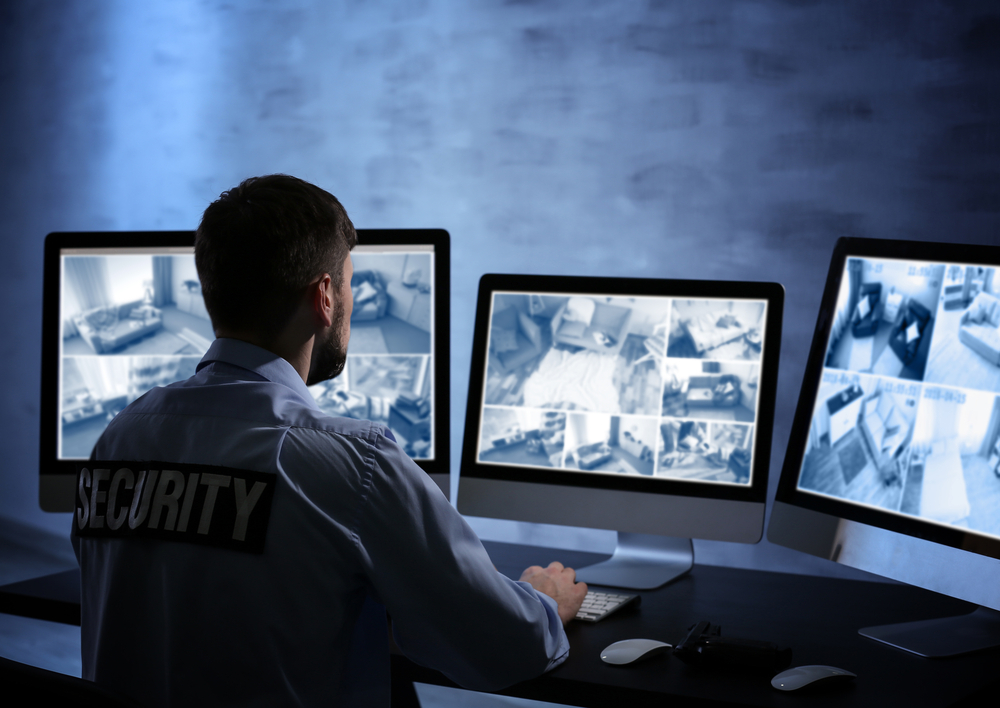
Understanding E-Surveillance and Live Monitoring Services
In today's digital world, where technology plays a vital role in our daily lives, the concept of surveillance has expanded beyond physical spaces to include electronic or e-surveillance. E-surveillance involves the monitoring of digital activities, such as online communications, internet browsing, and electronic transactions. Live monitoring services, on the other hand, allow real-time observation of these digital activities as they occur. Let's delve deeper into these concepts and understand their significance in our modern society.
What is E-Surveillance?
E-surveillance, short for electronic surveillance, refers to the monitoring of electronic communications and activities. This includes emails, phone calls, text messages, internet browsing history, social media interactions, and any other digital information that can be tracked or recorded. E-surveillance is commonly employed by governments, law enforcement agencies, corporations, and even individuals for various purposes, including security, crime prevention, and intelligence gathering.
How Does E-Surveillance Work?
E-surveillance relies on sophisticated technology and software systems to intercept, collect, and analyze digital data. This can involve the use of surveillance cameras, network monitoring tools, data mining algorithms, and other advanced technologies. In some cases, e-surveillance may also involve the installation of surveillance software or hardware on devices to monitor their activities covertly.
Why is E-Surveillance Important?
E-surveillance plays a crucial role in maintaining security and combating various forms of cyber threats, including hacking, cybercrime, terrorism, and espionage. By monitoring electronic communications and activities, authorities can identify potential threats, track criminal activities, and gather evidence for prosecution. Moreover, e-surveillance can help protect individuals' privacy by detecting unauthorized access or breaches of sensitive information.
Live Monitoring Services
Live monitoring services provide real-time surveillance and observation of digital activities as they happen. This can include live video feeds, real-time network monitoring, and instant alerts for suspicious or abnormal behavior. Live monitoring services are often used in security operations, emergency response situations, and critical infrastructure protection.
Benefits of Live Monitoring Services
- Enhanced Security: Live monitoring allows security personnel to respond quickly to security threats or incidents as they occur, minimizing potential damage or loss.
- 24/7 Surveillance: Live monitoring services operate round-the-clock, providing continuous surveillance and protection against security breaches or cyber attacks.
- Immediate Response: With live monitoring, security teams can intervene promptly in case of emergencies, accidents, or unauthorized access attempts.
- Deterrence: The presence of live monitoring cameras or surveillance systems can act as a deterrent against criminal activities, reducing the likelihood of security breaches or intrusions.
Conclusion
E-surveillance and live monitoring services play a vital role in safeguarding our digital world and maintaining security in an increasingly interconnected society. While these technologies offer significant benefits in terms of crime prevention and threat detection, it's essential to strike a balance between security and privacy concerns. Effective regulation and oversight are necessary to ensure that e-surveillance is used responsibly and ethically, respecting individuals' rights to privacy and civil liberties. By harnessing the power of e-surveillance and live monitoring technologies responsibly, we can create a safer and more secure digital environment for everyone.
Book a free demo